Ebook Việt Hoá] Plant parenting: Easy ways to make more houseplants vegetables and flowers - LESLIE F. HALLECK
[Ebook Việt Hoá] Plant parenting – LESLIE F. HALLECK (Nhân giống cây) – SIMPLE DIVISION (Cụm cây con đơn giản)
- Nguồn: [Ebook Việt Hoá] Plant parenting: Easy ways to make more houseplants, vegetables, and flowers – LESLIE F. HALLECK (Nhân giống cây: Những cách dễ nhất để nhân giống cây cảnh trong nhà, rau và hoa)
- Biên tập: Dũng Cá Xinh (Tháng 08/20201)
- Dịch: Huyền Nguyễn
English
While we have already talked about dividing plants in different ways by removing assorted pieces and parts, we haven’t yet covered simple division. Many plants grow in clumps that can be divided in half or several sections simply by cutting through the entire root ball. When you pull the entire clump apart, you have two or more fully functional plants ready to be transplanted to another place in the garden or potted up into containers.
If your plants grow by clumping, sending up offsets around the main central growing crown, or with clumps of rhizomes or bulbs, you can divide the entire clump by simply loosening the connections between the root system or other structures. Pull them apart to create separate root balls or free up whole bulbs, tubers, corms, or rhizomes for replanting. Division is the fastest way to make more of a mature plant you already have, if its growth habit allows for simple division.
Many herbaceous garden perennials and herbs, such as ornamental grasses, salvia, succulents, and mint, to name a few, are propagated using simple clump division. Bulbs and rhizomes that multiply in clumps, such as irises and daffodils, can also be divided by splitting clumps. You can also easily propagate certain orchids, ferns, and many tropical plants by simple division.
For plants with tight clumps and root systems, such as grasses, sedges, and edibles such as asparagus, you’ll need to use a sharp knife or shovel to cut the clumps apart. For other looser clumping plants, such as succulents and other fleshy perennials such as pincushion flowers, you can often simply pull or tease apart the clumps by hand.
When a plant gets too big for its britches, outgrowing its space in the garden or in a container, division
is a common remedy. When a clumping perennial has gotten too large for the allotted area you can divide it and replant a smaller clump—or move extra clumps to other parts of the landscape. Many bulbs that grow in clumps, such as daffodils, may require division every few years to counter overcrowding, which would result in fewer flowers.
There are a few different ways you can approach dividing your plant. If it is a perennial in the garden, you can use a sharp shovel or trowel and cut directly into the clump, then remove a section you want to transplant, leaving part of the original clump in the ground. You also can dig up the entire clump, cut it into several sections, and then replant in different locations or into containers. If you are dividing a container plant, you’ll remove it entirely from the container, cut or pull sections of the clump apart, then repot the new divisions into separate containers.
With these basic plant propagation categories and methods, you’re ready to get started making more of many types of plants. As you get to know your plants better, you’ll discover which methods of propagation work best for them, and you.
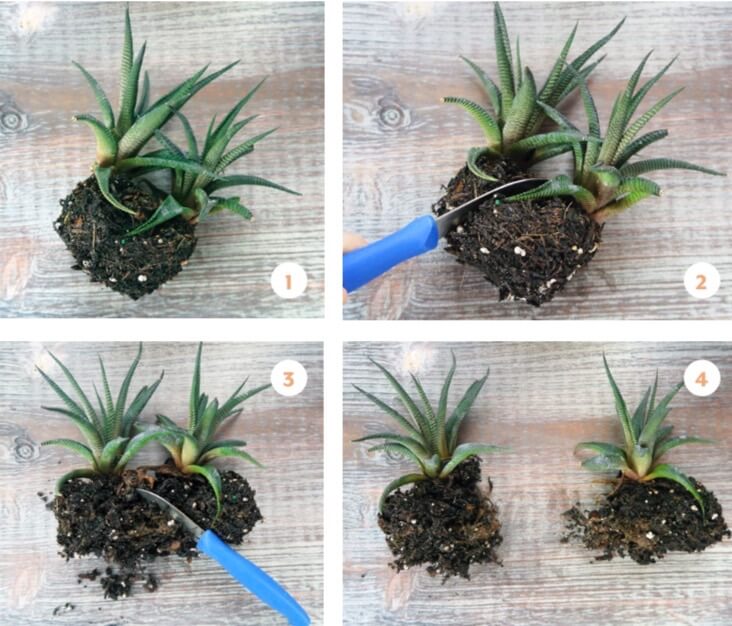
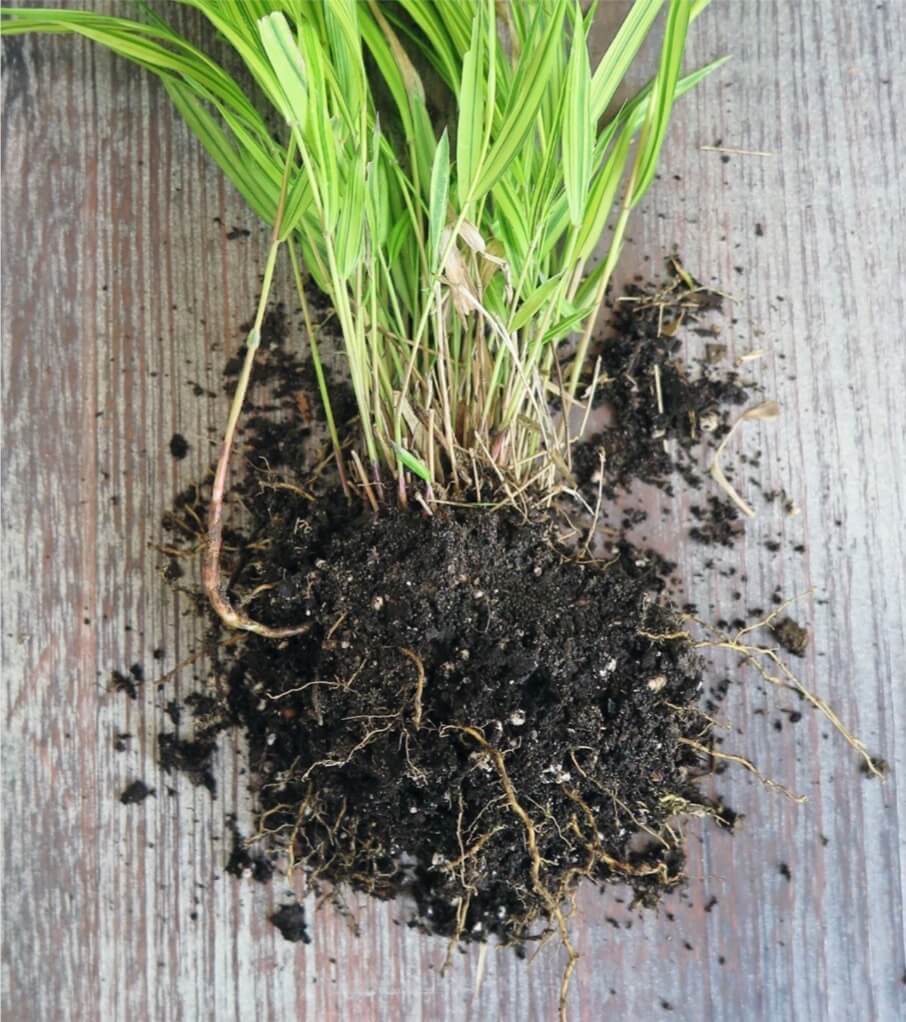
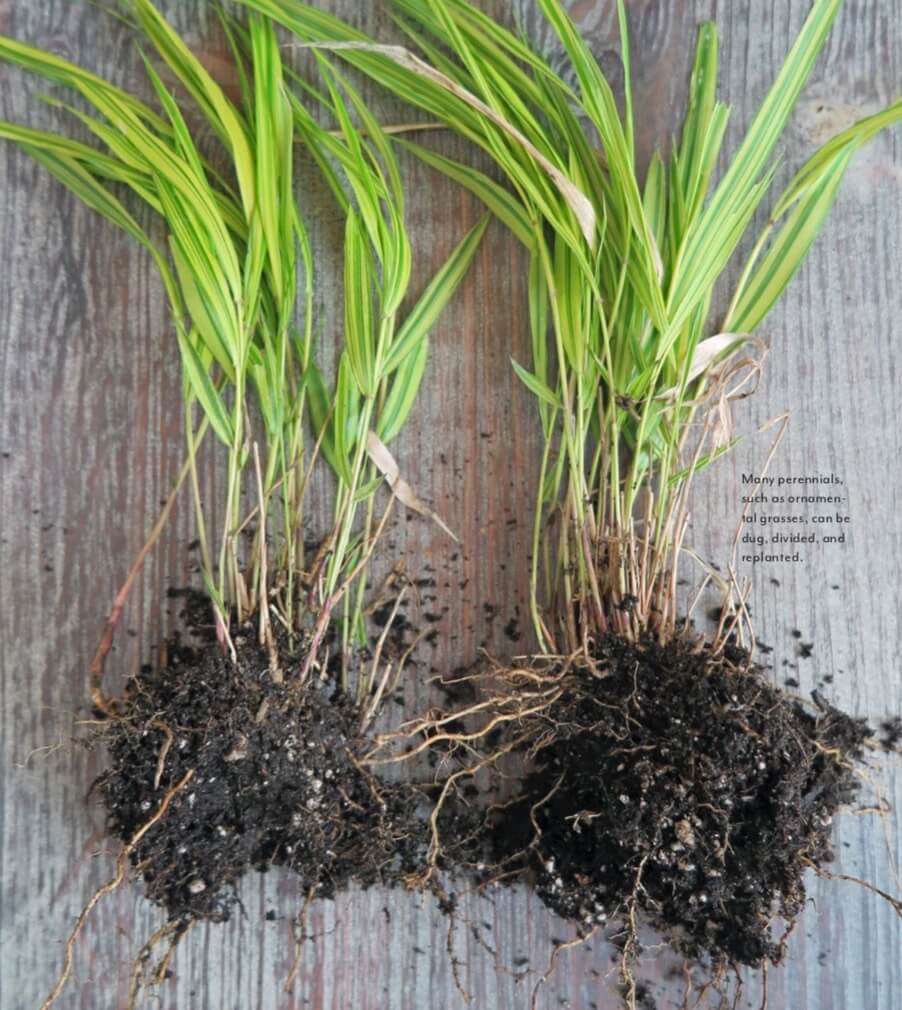
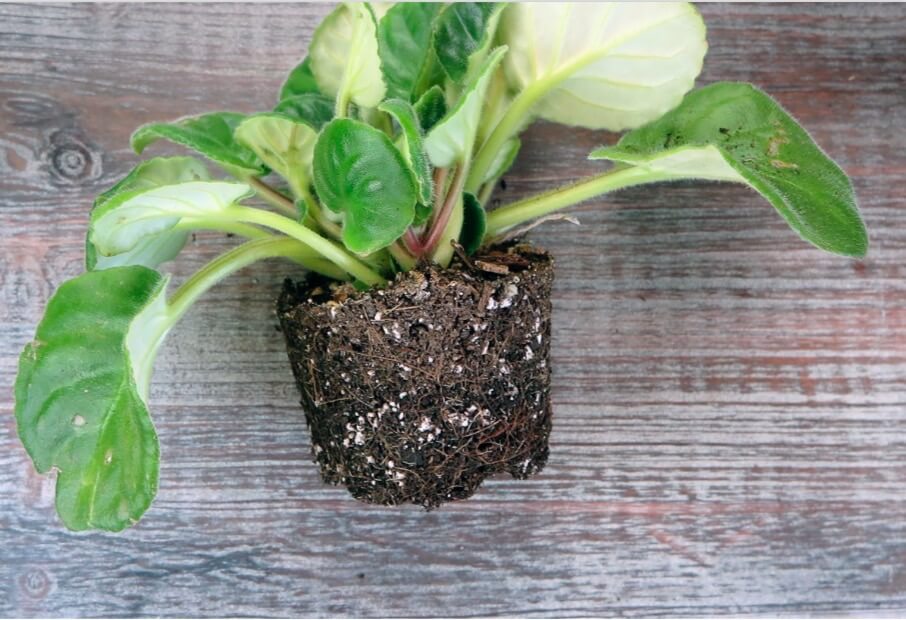
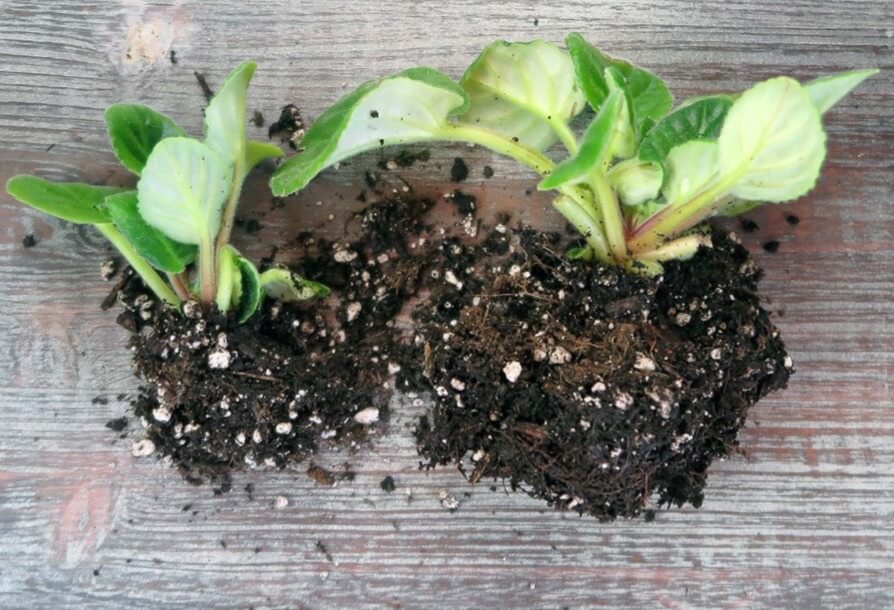
Tiếng Việt
Mặc dù chúng ta đã nói về việc nhân giống thực vật theo nhiều cách khác nhau bằng cách phân tách các phần và bộ phận của cây, nhưng chúng ta vẫn chưa đề cập đến phương pháp phân chia đơn giản. Nhiều cây mọc thành cụm có thể được chia làm đôi hoặc nhiều đoạn chỉ đơn giản bằng cách tách xuyên qua toàn bộ bóng rễ. Khi bạn nhổ toàn bộ cụm cây con ra ngoài, bạn sẽ có hai hoặc nhiều cây đầy đủ chức năng đã sẵn sàng để trồng sang một vị trí khác trong vườn hoặc để trồng trong chậu.
Nếu cây phát triển theo cụm, mọc lệch xung quanh ngọn mọc chính giữa hoặc với các cụm thân rễ hoặc củ, bạn có thể tách toàn bộ cụm bằng cách nới lỏng hệ thống rễ hoặc các cấu trúc khác. Tách các cây con ra xa nhau để tạo bóng rễ riêng biệt hoặc tách toàn bộ củ hoặc thân rễ để trồng lại. Phân chia là cách nhanh nhất để tạo ra nhiều cây trưởng thành hơn mà bạn đã có, nếu thói quen sinh trưởng của cây cho phép nhân giống theo phương pháp phân chia đơn giản.
Nhiều loại cây thân thảo và cây lâu năm trong vườn, chẳng hạn như cỏ trang trí, cây Salvia, cây mọng nước và Bạc Hà (mint), được nhân giống bằng cách sử dụng cách phân chia cụm đơn giản. Củ và thân rễ nhân lên thành cụm, chẳng hạn như hoa Diên Vĩ (irise) và hoa Thủy Tiên vàng (daffodil), cũng có thể được nhân giống bằng cách tách các cụm. Bạn cũng có thể dễ dàng nhân giống một số loài Lan (orchid), Dương Xỉ, và nhiều loại cây nhiệt đới bằng cách phân chia đơn giản.
Đối với các loại cây mọc theo cụm và có bộ rễ chặt chẽ, chẳng hạn như Cỏ, Cói và các loại phù du như Măng Tây, bạn sẽ cần dùng dao hoặc xẻng sắc để cắt rời các cụm. Đối với các loại cây mọc thành cụm lỏng lẻo hơn, chẳng hạn như cây mọng nước và các loại cây lâu năm nhiều thịt khác như hoa pincushion, bạn thường chỉ cần tách các cụm bằng tay.
Khi một cây phát triển quá lớn, phát triển vượt trội không gian trong vườn hoặc trong chậu, thì việc phân chia là một biện pháp khắc phục phổ biến. Khi một khóm cây lâu năm đã trở nên quá lớn so với diện tích cho phép, bạn có thể tách nó ra và trồng lại một khóm nhỏ hơn, hoặc di chuyển những khóm thừa sang trồng ở các vị trí khác trong vườn. Nhiều củ mọc thành cụm, chẳng hạn như hoa Thủy Tiên Vàng (daffodil), có thể cần được phân chia vài năm một lần để cụm cây không quá chật chội, tránh tình trạng cây ra ít hoa hơn.
Có một số cách khác nhau để bạn phân chia cây trồng. Nếu là cây lâu năm trong vườn, bạn có thể dùng xẻng hoặc bay sắc cắt trực tiếp vào khóm, sau đó tách riêng phần cây bạn muốn trồng sang chậu hoặc vị trí khác, để lại một phần của khóm ban đầu. Bạn cũng có thể đào toàn bộ khóm, cắt thành nhiều phần, sau đó trồng lại ở các vị trí khác nhau hoặc vào thùng chứa. Nếu bạn đang phân chia một cây trồng trong thùng chứa, bạn cần nhấc cả cụm ra khỏi thùng chứa, cắt hoặc tách các phần của cụm ra, sau đó trồng các cây con vào các chậu riêng.
Với các danh mục và phương pháp nhân giống cây cơ bản này, bạn đã sẵn sàng bắt đầu tạo ra nhiều loại cây hơn. Khi bạn hiểu rõ hơn về thực vật, bạn sẽ khám phá ra phương pháp nhân giống nào phù hợp nhất với cây trồng và bạn.





![[Ebook Việt Hoá] Plant parenting – LESLIE F. HALLECK (Nhân giống cây) – SIMPLE DIVISION (Cụm cây con đơn giản) [Ebook Việt Hoá] Plant parenting – LESLIE F. HALLECK (Nhân giống cây) – SIMPLE DIVISION (Cụm cây con đơn giản)](https://vn1.vdrive.vn/codai.net/2021/02/ebook-huong-dan-nhan-giong-cay-canh-rau-va-hoa-06.jpg)


